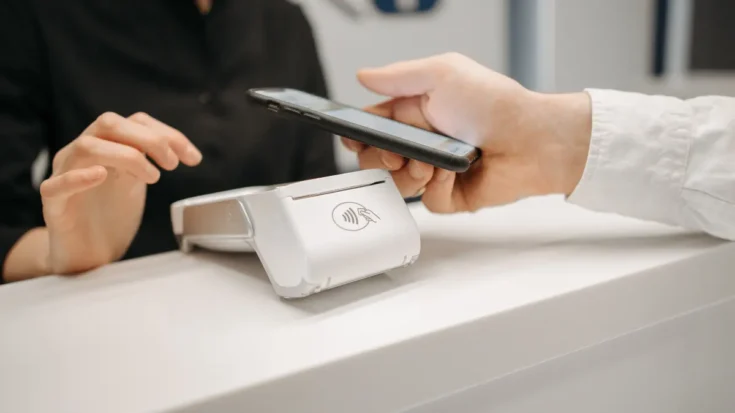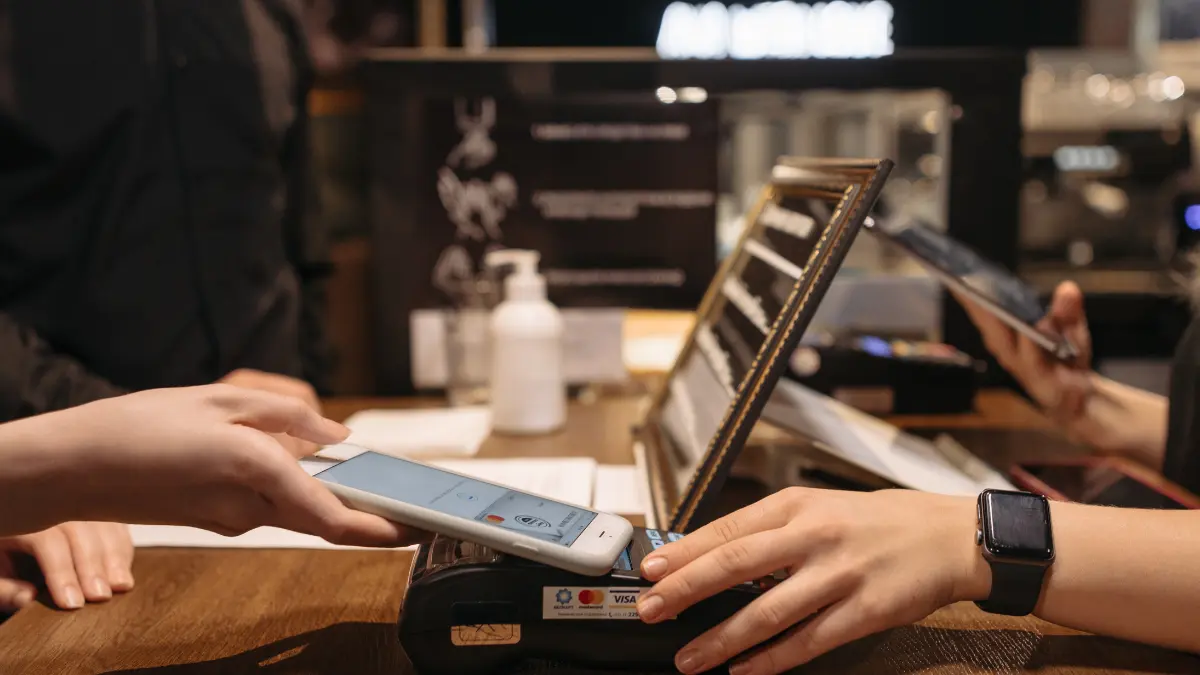We may have felt the benefits of NFC, which is a technology to connect two devices nearby. Although NFC technology continues to develop, there are frequently occurring NFC problems that happen.
Frequently occurring NFC problems come when we perform various activities, ranging from cashless payments, and data sharing, to access to various other services.
Do you already know what to do if there are frequently occurring NFC problems and how to overcome them?
Also Read
This article will discuss some of the frequently occurring NFC problems and how to overcome them.
Table of Contents
NFC Problems and How to Overcome Them

1. NFC has not been enabled in the device settings
One of the most common reasons why NFC does not work is because this feature has not been enabled in your device settings.
Although it sounds simple, sometimes we forget to turn on NFC, especially if this feature is rarely used.
For Android users, simply go to the settings menu, look for the Connections option, then select NFC and make sure it’s enabled. And for iPhone users simply try restarting your device.
2. Device compatibility issues with NFC
Not all devices feature NFC or may only support NFC in certain functions, such as payments.
For example, some mid-to-low-end Android devices may not be equipped with the NFC feature. Also, the iPhone only enables the full NFC function on certain models.
To resolve this, make sure your device supports NFC by checking the specifications on the brand’s official website or reading the user manual.
If your device supports NFC but is not working, try to make sure you are using the correct app and a compatible external NFC device, such as a payment device.
3. Operating system that is not updated
Software or operating systems that have not been updated for a long time can also cause problems with NFC.
Operating system updates usually contain bug fixes and security enhancements that are essential to ensure all features work properly, including NFC.
Overcome this by checking for software updates in your phone’s settings. On Android, you can go to Settings > Software Update. For iPhone, go to Settings > General > Software Update.
If there is an update, download and install it. Once updated, try reactivating NFC and check if it works.
4. Low battery or power-saving mode
Some devices automatically turn off the NFC feature when the battery is low or when power-saving mode is active.
This is a precautionary measure to save battery, but it may interfere with the NFC function when you want to use it.
Therefore, make sure your device has sufficient battery before attempting to use NFC. Deactivate power saving mode if you want to use NFC, and check whether this feature is enabled in the device settings.
5. Problem with hardware or NFC component
If NFC is not working after trying the steps above, there may be a problem with the NFC hardware or components inside your device.
This can be caused by physical damage, especially if the phone has been dropped or suffered a hard impact.
If this is the case, you can take your device to an authorized service center for further checking. The technician can help confirm whether the NFC component is still in good condition or needs repair.
If the device is still under warranty, this is a good time to utilize the service to replace or repair the device.
6. Interference from other apps or networks
NFC not working can also be caused by apps still running in the background or the device being connected to other networks, such as Bluetooth or WiFi.
This issue often appears on devices with many apps or services active or connected simultaneously.
If you experience this, try closing all unnecessary apps in the background to prevent interruptions.
If you’re using Bluetooth, try turning it off temporarily and check if NFC is working without interruption. Additionally, you can try restarting your device to restart all connections.
7. Interference due to an overly thick phone case or protector
Cases or phone cases that are too thick can block the NFC signal, especially if the case is made of metal or has a metal coating. This can cause NFC to malfunction or slow response.
You can simply try removing the phone case temporarily and try using NFC again. If NFC works without a case, you may need to replace the case with a thinner one or without metal material so as not to interfere with the signal.
The NFC feature on the device is very helpful, but sometimes problems with NFC often occur. By understanding the main causes of frequently occurring NFC problems and how to solve them, you can more easily overcome these problems.












